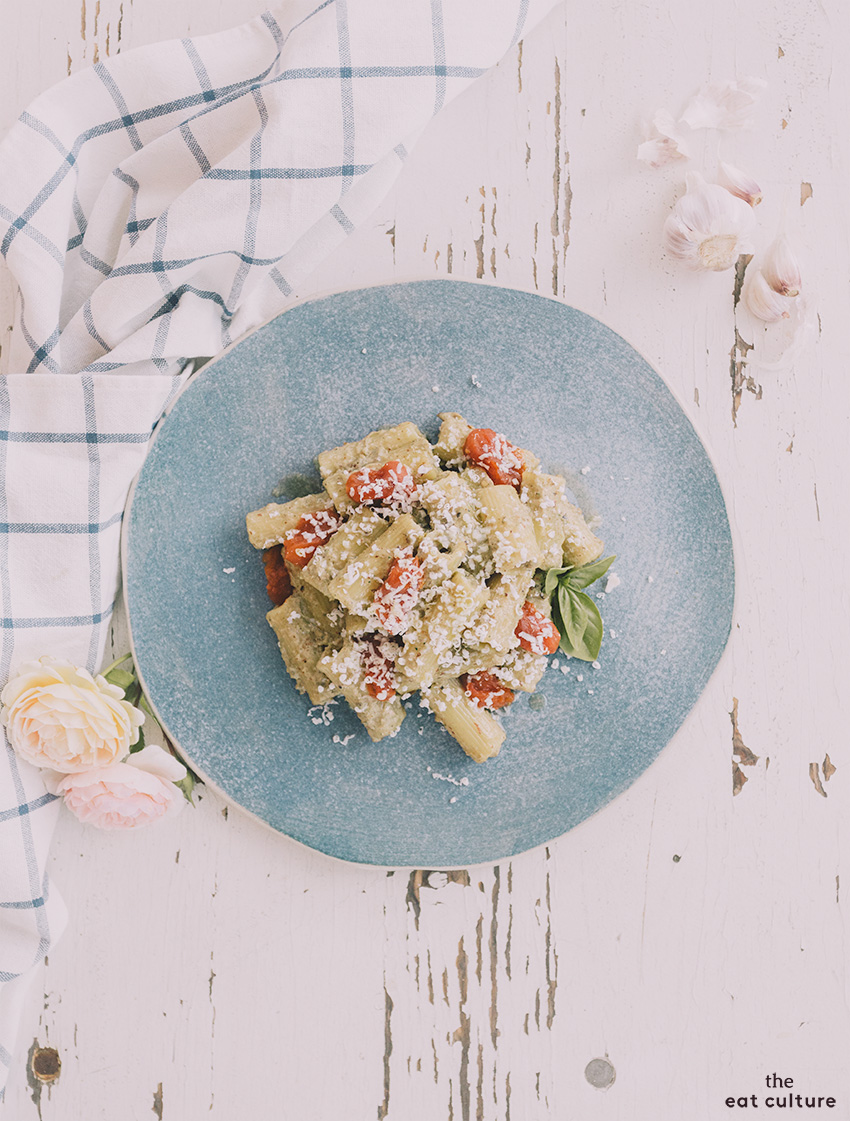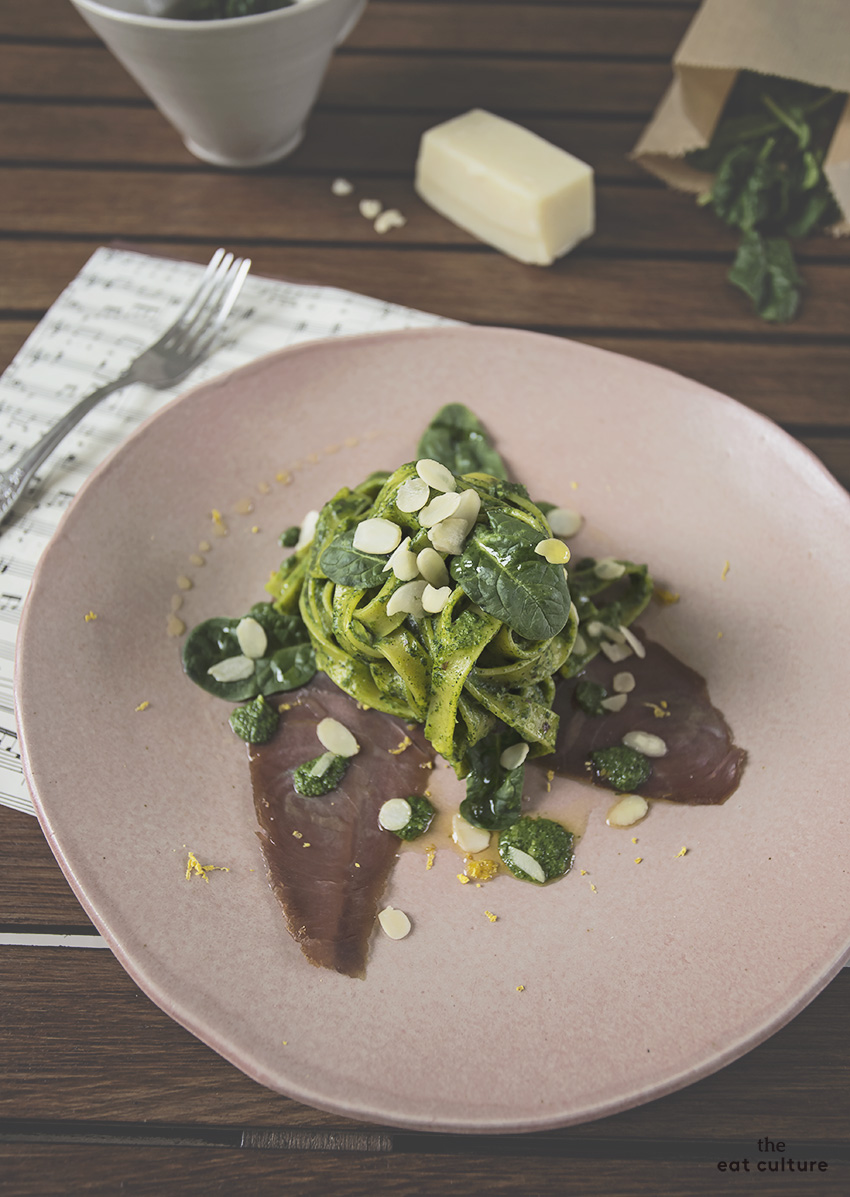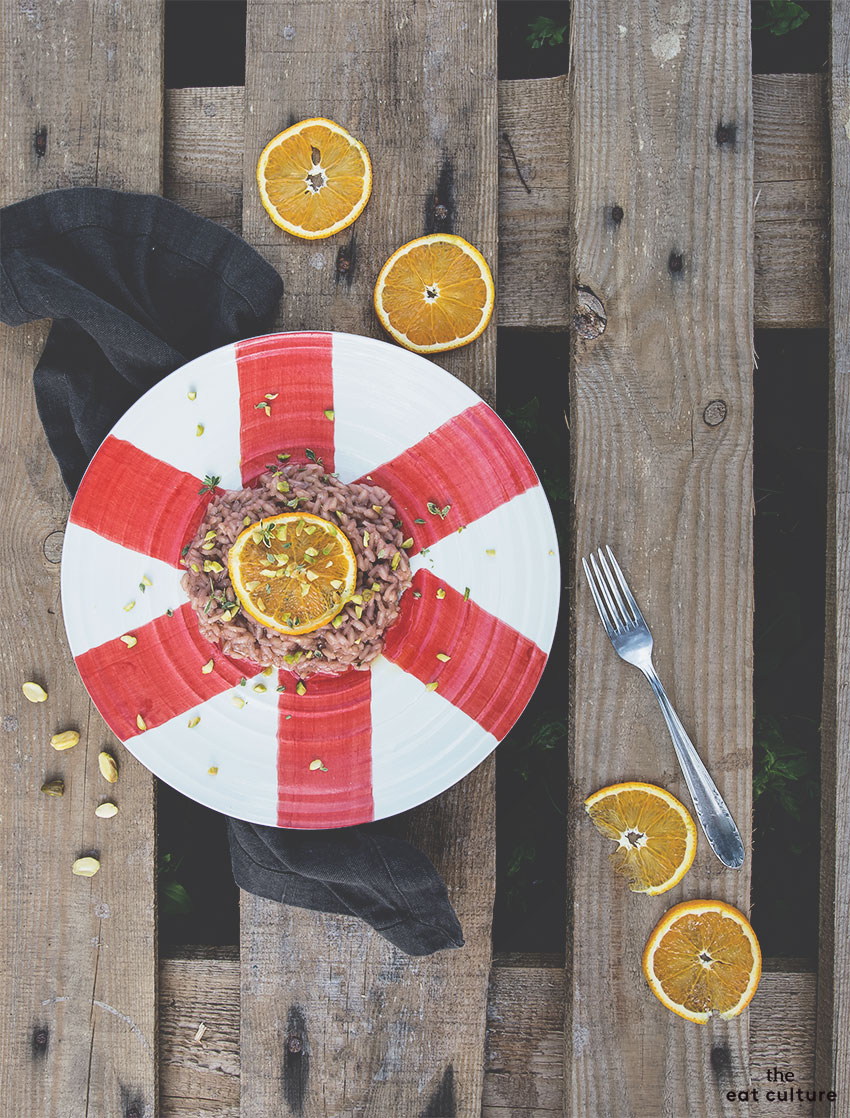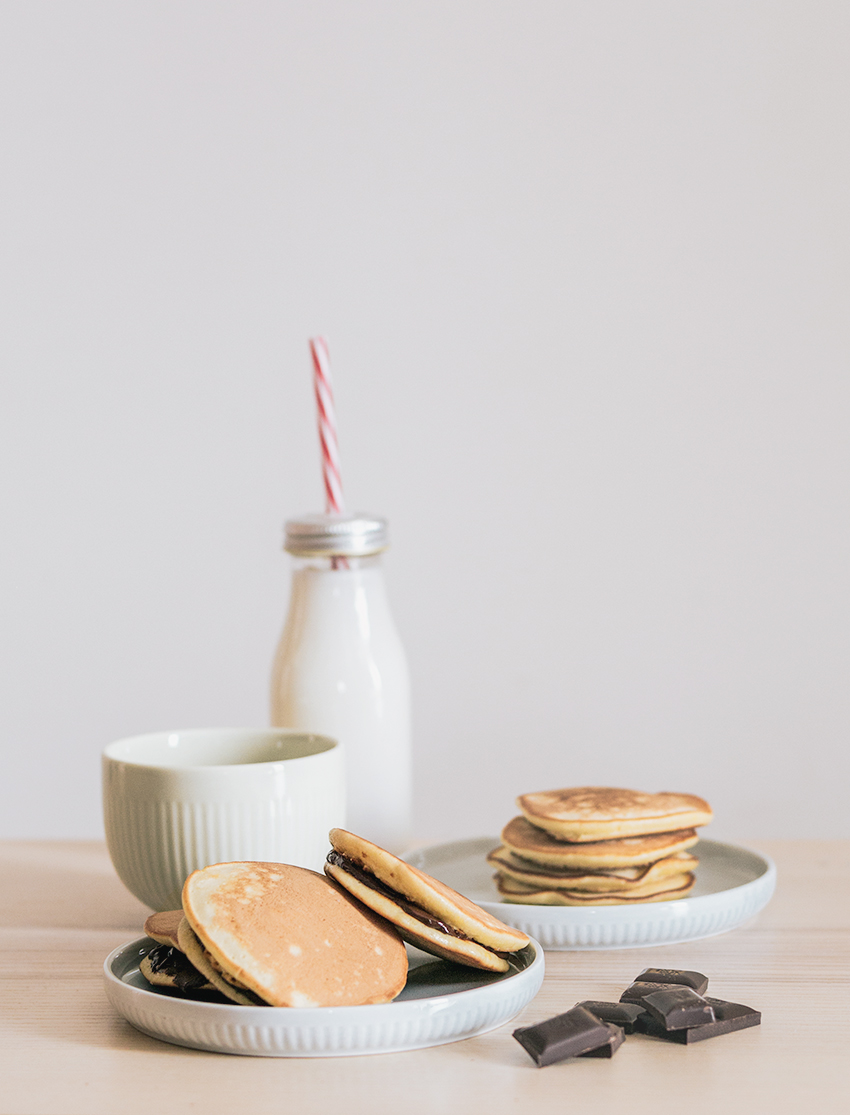
Culture. Eat it
26 April 2019
I believe that everything has a story to tell. And, this Friday, it’s time for the dorayaki.
Their story is made of flour and hanami, of Japan, of tradition and dedication, of hands that give snacks guided by the heart.
Legend has it that they were born in the twelfth century when Benkei, a seriously wounded young samurai, found relief from the danger escaped in battle at a peasant. After recovering, the warrior left again forgetting his “dora“, the gong. It is said that the peasant, inspired by the object, actually used this tool to prepare the first dora-yaki.
Another version – certainly less poetic but more documentable – wants that the dorayaki was conceived in the early twentieth century by Ueno Usagiya. Currently, the eponymous shop, is considered the best in all of Japan, and can be visited at 1-10-10 Ueno, Taito-Ku (district in the northern Tokyo).
To close in a pop key, I tell you that yes, when I say dorayaki I talk about Doraemon‘s favorite snack, the blue space cat of the eponymous cartoon – and now I challenge you not to sing the theme song.
All very nice, but what are dorayaki?
They are a kind of very soft, rounded pancakes, traditionally served in Japan as a tasty and genuine snack.
We can see them as the oriental equivalent of American pancakes, prepared on the basis of a dough called kasutera, without the addition of fat and enjoyed stuffed, like a sandwich. You can also enjoy pure dorayaki or sprinkle with maple syrup or honey. But their death is the combination with the anko, an azuki bean jam (dark red soy beans), as required by the original Japanese recipe.
To put it in the words of Ms. Toku:
Sentaro: “Should we wait longer?”
Toku: “About a couple of hours.”
Sentaro: “Two hours?!”
Toku: “We need to get them used to sugar. It’s like a first date, the young couple must learn to know each other. “
But I will tell you about azuki bean jam another day. Today, however, after having spoken of dorayaki, the protagonist’s recipe, I want to tell you something about:
THE RECIPES OF THE LADY TOKU OF NAOMI KAWASE
We are in the outskirts of Tokyo, its sakura are in bloom. Sentaro, a seemingly brave man with an indigestible past, runs a modest candy store that sells dorayaki. When Toku, a tender old lady, proposes herself as her right-hand man in the kitchen, Sentaro accepts without too much enthusiasm. Soon Toku proves she can do magic in the kitchen. Thanks to her secret anko recipe, in a short time the small business began to prosper.
Nowadays, films with a culinary theme represent a veritable genre, a transversal genre that involves both authorial cinema and more commercial films. The fil rouge revolves around the narrative function of food in life and on the screen.
Food is a universal medium that, like language, communicates using the tongue – not to emit sounds that can be traced back to words but to speak to the soul of people through the sense of taste. It is by aiming at the stimulation of this sense that the frequent scenes in which Kawase shows us the preparation of dorayaki and anko have been conceived.
Cooking is a magic ritual, which provides so silent and absolute forms of communication that it breaks down the boundaries, like that between man and nature.
Azuki beans tell of kindness.
They must be listened to be cooked properly.
They should be mixed with a gentle delicacy to avoid ruining them, harming them.
An (in reference to the anko) is taken from the book of the same name and to tell you something more about it too, I leave the word to Ramona.
AN BY DURIAN SUKEGAWA
You fill me with compliments, yet I am very disappointed. How can you not love sweets and sell dorayaki?
Love is the secret ingredient in the kitchen. The love for food, for the very act of cooking and the love for the people to whom he devotes his time. Ms. Toku knows this very well and wishes to share the recipe for her an. It is her delicious bean jam that gives her the job of helper at Sentaro’s sweet shop, giving her an opportunity to be happy.
The shady and lonely Sentaro is a former convict who sees in that activity only a weak opportunity for redemption; in front of those plates, in fact, he does not feel any happiness, but that elderly lady with deformed hands will slowly change his life and that of the small shop. But no one knows that the hands of a leper no longer able to infect anyone create the anko. Yet soon the news spreads and the wheel returns to turn bringing back in the shop the discomfort that he had always known with his disheartened master Sentaro. But what about our friends?
An is a book that tells delicately that even if life does not spare humiliation we can find the strength to realize ourselves and the joy we feel cannot take it away from anyone.
A book abuot gratitude, a feeling capable of giving meaning to many things in this life. Have a good recipe.

DORAYAKI – THE RECIPE
INGREDIENTS (serves 5)
- 120 g of flour
- 70 g of icing sugar
- 2 g of baking powder
- 1 egg
- 10 g of acacia honey
- 90 g of water
- a pinch of salt
- vegetable oil q.s. to grease the pan
HOW TO MAKE ANKO
PROCESS
- Combine flour, half of the icing sugar, a pinch of salt and baking powder in a bowl.
- Whisk the egg white; once frothy, incorporates the remaining icing sugar and whisk until obtain a firm white mixture.
- Then combine the yolk and honey, with circular movements from the bottom upwards.
- It’s time to add water, always gently, being careful not to disassemble the mixture.
- Finally add the dry ingredients, incorporating them with a spatula. When you have obtained a thick and creamy batter you can proceed with cooking.
- Grease an hot non-stick pan, remove the excess of oil with absorbent paper. Pour a ladle of dough in the center and cook over medium heat until it stops forming bubbles on the surface; then turn the dorayaki and cook the other side for about minute.
- Cook all the dorayaki and stack them on a plate. Serve them as you prefer: stuffed with azuki bean marmelade as in Japanese tradition or with homemade nutella, melted chocolate or jam.
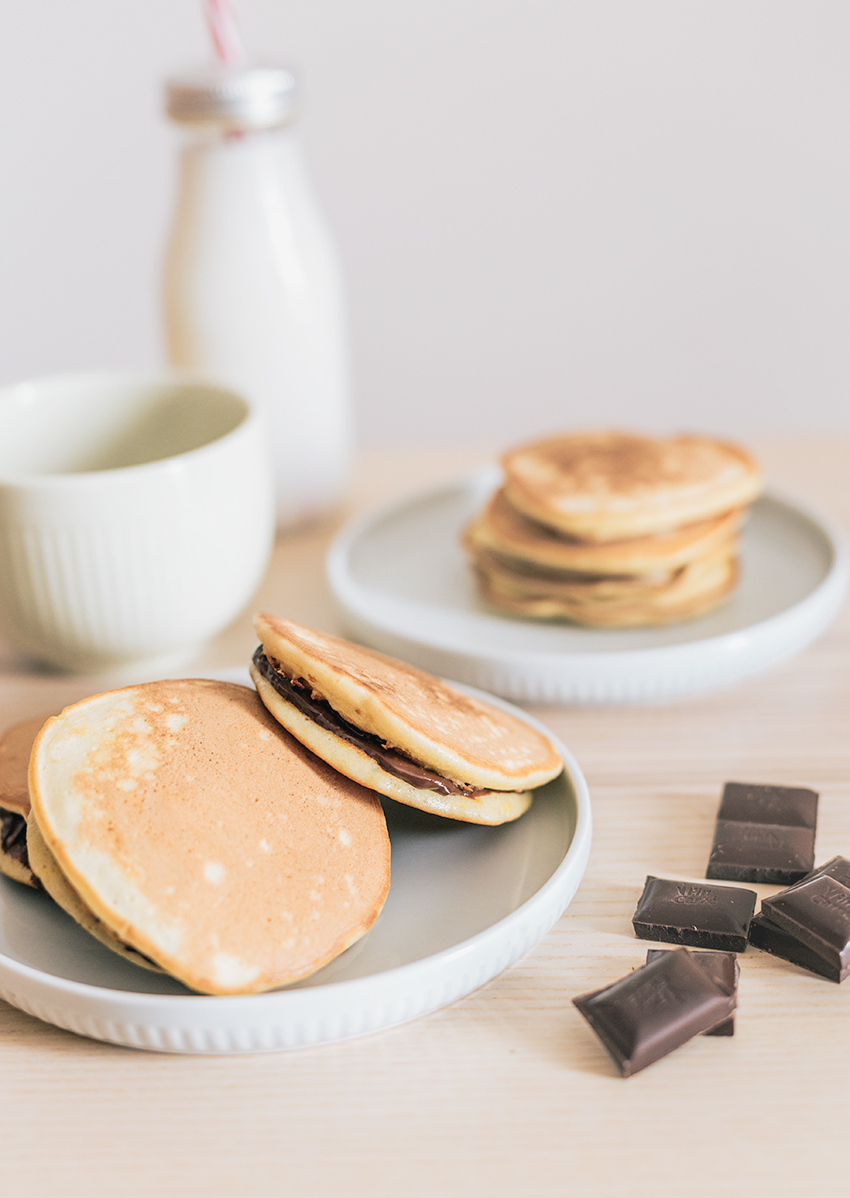
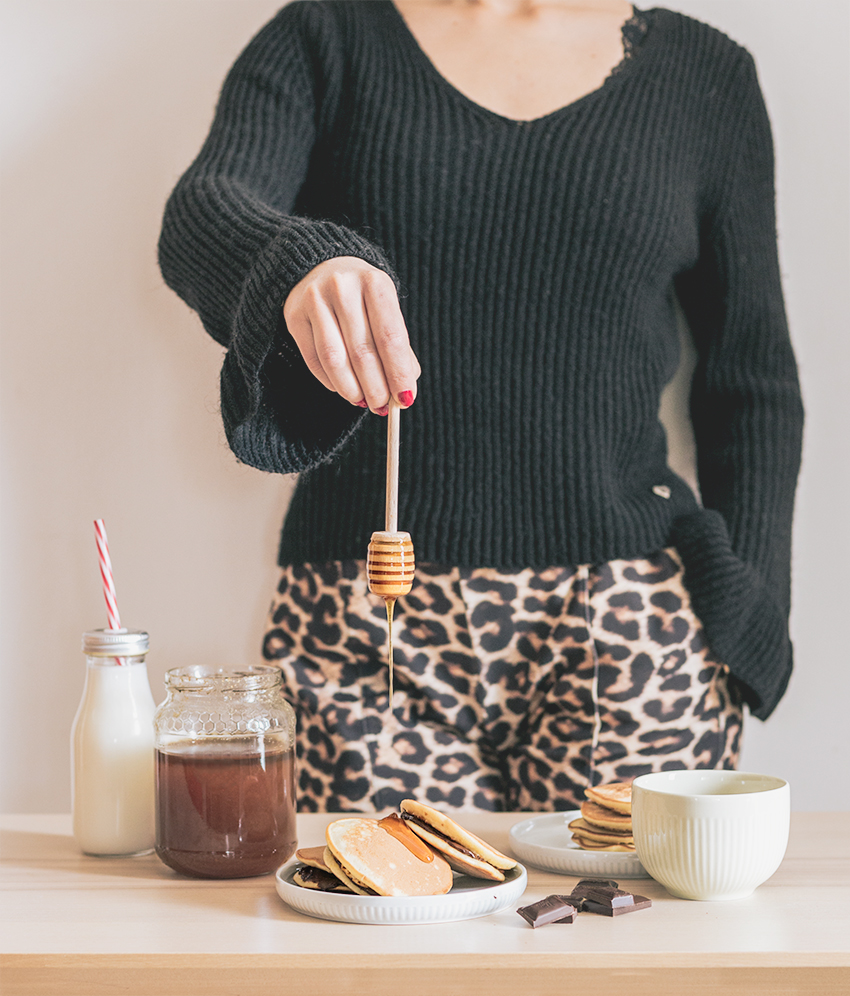
Photos: Sara Cartelli
Author
Bio:
Once upon a time there was a 30 years old girl, and she has not the slightest idea what it would be at 32: one, no one but for sure no one hundred thousand. Daughter, sister, friend, mom of a dog, woman of an amazing man. Thinker fulltime, practices the Universal Love. Always looking for which direction take to and who to be doing it. Thank God everything flows. Panta Rei. And in the end, as in a beautiful garden Bahai, she will be delighted by lighting… and she lived happily ever after.
